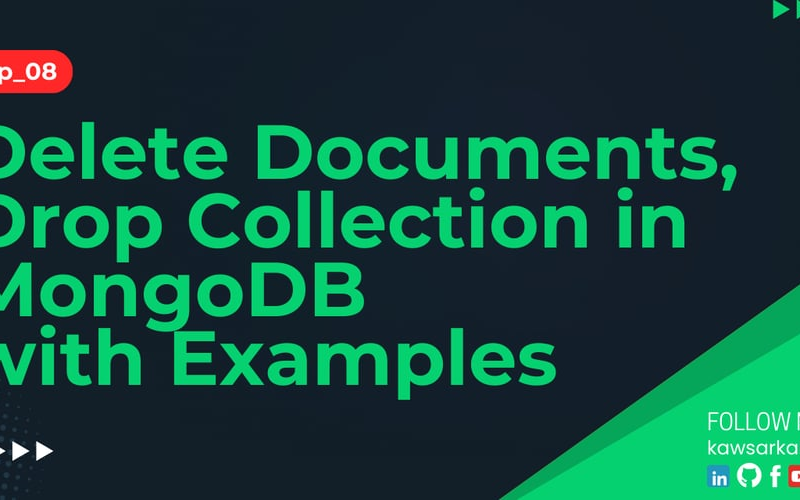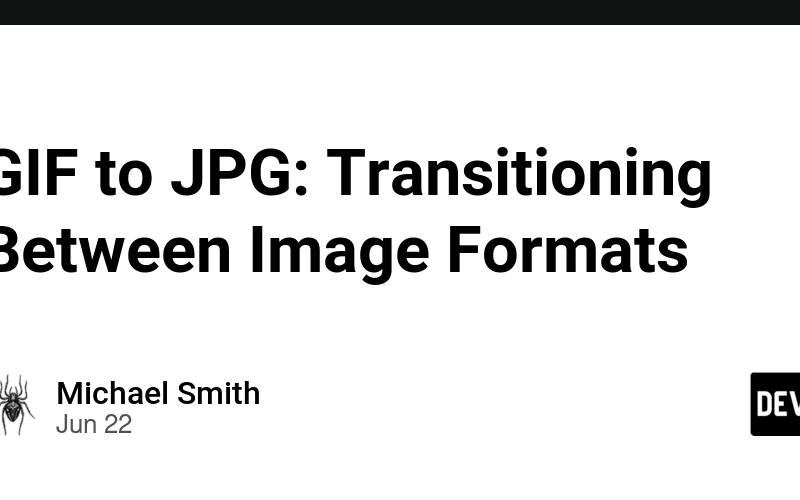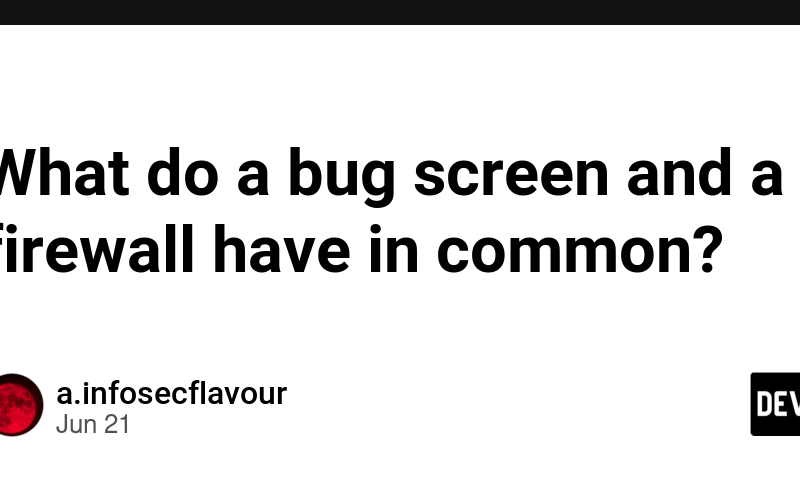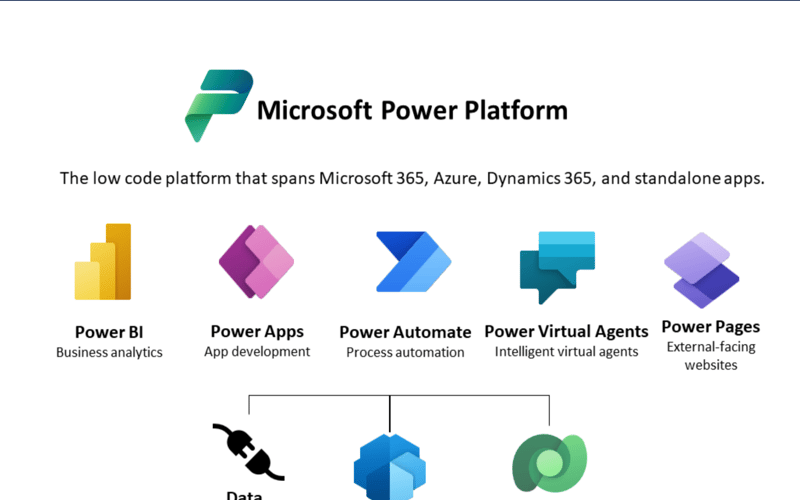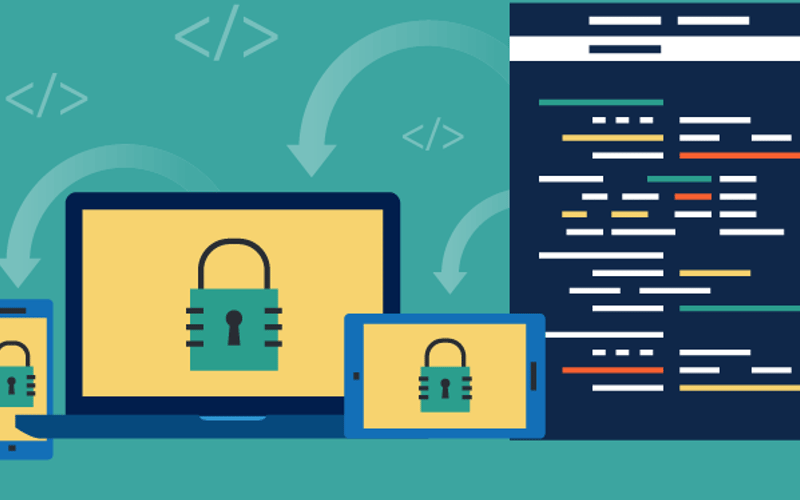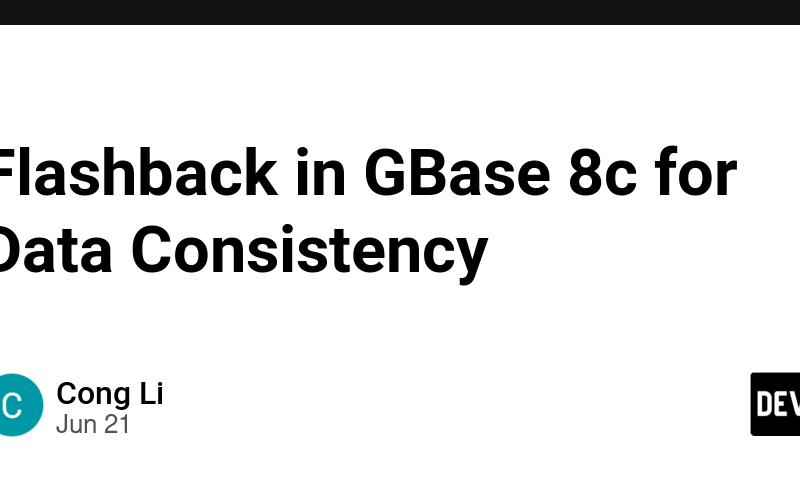22
Jun
To delete documents in MongoDB, you can use the deleteOne() or deleteMany() methods. These methods allow you to remove one or multiple documents, respectively. Here’s an example of using the deleteOne() method to remove a single document: db.collection.deleteOne({ _id: ObjectId("your_document_id_here") }); Enter fullscreen mode Exit fullscreen mode If you want to delete all documents, you can use the deleteMany() method: db.collection.deleteMany({}); Enter fullscreen mode Exit fullscreen mode Additionally, you can delete all documents that match a specific condition: db.collection.deleteMany({ your_query_here }); Enter fullscreen mode Exit fullscreen mode To delete an entire collection, use the drop() method: db.collection.drop(); Enter fullscreen mode…

